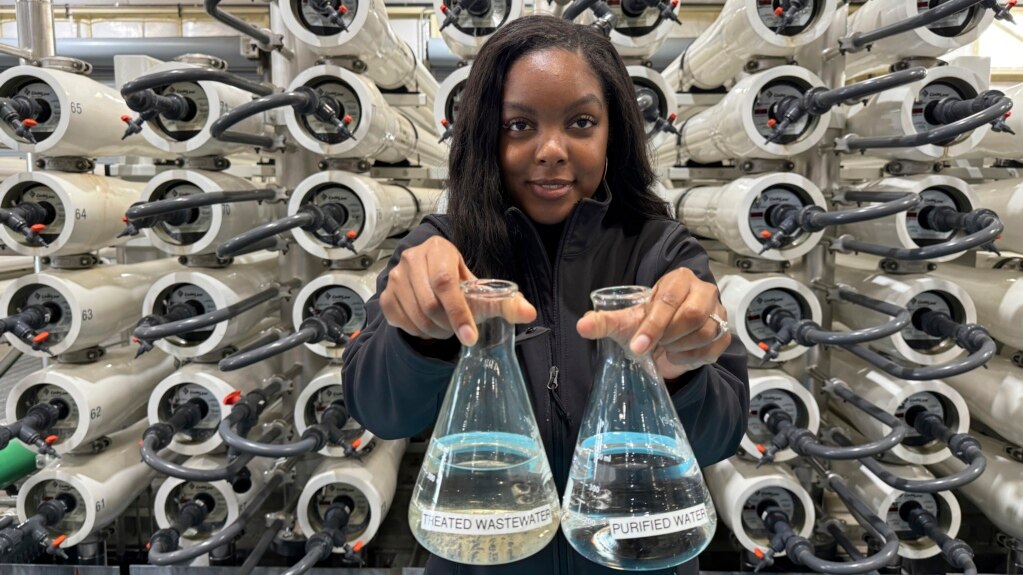California officials recently approved new rules to let water agencies recycle wastewater and put it right back into the pipes that carry drinking water to homes, schools, and businesses.
It is a big step for California. The state has struggled for many years to secure drinking water for more than 39 million people. It shows a change in public opinion on a subject that as recently as twenty years ago was met with criticism and ended similar projects.
Since then, California has been through several extreme droughts. That includes the most recent one that scientists say was the driest three-year period on record. And it left the state’s water supply at dangerously low levels.
“Water is so precious in California. It is important that we use it more than once,” said Jennifer West. She is director of WateReuse California, a group that supports recycled water.
California has been using recycled wastewater for many years. A team has used it to make ice surfaces for the game of hockey. It has been used to make snow for the sport of skiing. And farmers use it to water their crops.
But it has not been used directly for drinking water. Orange County, a suburban area of Los Angeles, operates a water cleaning system that recycles wastewater and then uses it to refill underground aquifers. That water then mixes with the groundwater for months before being pumped up and used for drinking water again.
California’s new rules would let – but not require – water agencies to take wastewater, treat it, and then put it right back into the drinking water system. California would be just the second U.S. state to permit this, following Colorado.
It has taken officials more than 10 years to develop these rules, a process that included several studies by independent groups of scientists. A state law required the California Water Resources Control Board to approve these rules by December 31. It was met with just a few days left.
The vote was met with approval by some of the state’s biggest water agencies. All of which have plans to build huge water recycling plants in the coming years.
A project in San Diego is aiming to produce nearly half of the city’s water through recycling water by 2035. And the Metropolitan Water District of Southern California aims to produce up to nearly 570 million liters a day for its 19 million people. Adel Hagekhalil is with Metropolitan Water. He said the new rules will permit new projects that have not yet been considered.
Water agencies will need public support to complete these projects. That means proving to people that recycled water is not only safe to drink but also not dirty.
California’s new rules require the wastewater be treated for all bacteria and viruses, even if they are not present in the wastewater. That is different from regular water treatment rules, which only require treatment for known diseases, said Darrin Polhemus. He is a director of the drinking water group for the California Water Resources Control Board.
In fact, the treatment is so intense it removes all of the minerals that make fresh drinking water taste good. That means the minerals need to be added back at the end of the process.
“It’s at the same drinking water quality, and probably better in many instances,” Polhemus said.
Polhemus added that it takes time and money to build these treatment centers. So, they will only be available for bigger cities at first.
I’m Gregory Stachel.

